When cloud services go wrong, they can go badly wrong.
For many years I was a happy user of iTunes, iCloud Music Library, iTunes Match and so forth. They kept my music nicely in sync across all of my devices.
But at some point over the last year, the rot set in.
I think this may have coincided with the Apple Music trial, I’m not sure. But the metadata in my iTunes library has started to become corrupted in a way that’s proving quite hard to fix.
Here’s an example. At some point in the past, I ripped my CD of Count Basie. Let’s take a look at it now:

You notice that I have three different copies of ‘Red Wagon’. All supposedly from the same album, and all of different lengths. The first one is actually the inimitable Count. The second turns out, when you play it, to be ‘New Hope Blues’ by George Winston. The third is ‘Green Light’ by Cliff Richard.
Now, I own, and like, all of these, and they all still play, but the metadata is all confused, so you don’t know what you’re about to get. And it’s a big problem – there are about five or six thousand tracks in my system, and it feels as if about one in four suffers from this. The worst thing was when I thought I was about to listen to some Flanders and Swann and got chunks of Les Miserables instead! You can imagine the shock. (I thought I had banished the latter…)
I think this may result from my iCloud Music Library becoming corrupted, and the tracks then getting synced down from there with the wrong embedded metadata. Or maybe it was something else, but it crept up over many months, perhaps even a year or two, to the extent that I can’t just go back to a known previous backup and assume all will be well. It’s not just in the database, or I would simply throw that away: it has been written into the music files on disk too.
Apps like MusicBrainz Picard can scan and identify tracks and help fix this, but it’ll be quite a job if it really is a thousand tracks or so that I need to check. And while Picard can identify the track, it often can’t tell which album it should be part of, and so I end up with lots of single tracks in compilation albums called ‘Sweet Sounds of the 60s’ or some such.
Not quite sure what to do.
Maybe this is the time to embrace the new and expensive world of Spotify or some other streaming service, where I’d be paying for the rest of my life if I wanted to keep listening to music, but where somebody else would manage it.
Or, I could discard everything, re-rip all my CDs and re-download all my purchases. Time-consuming, but perhaps the best option. Thankfully, I haven’t yet quite discarded physical media…
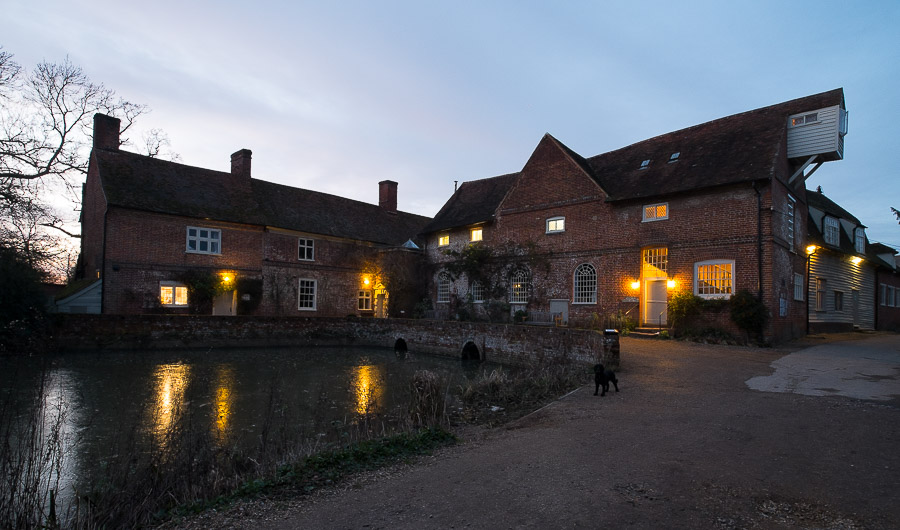

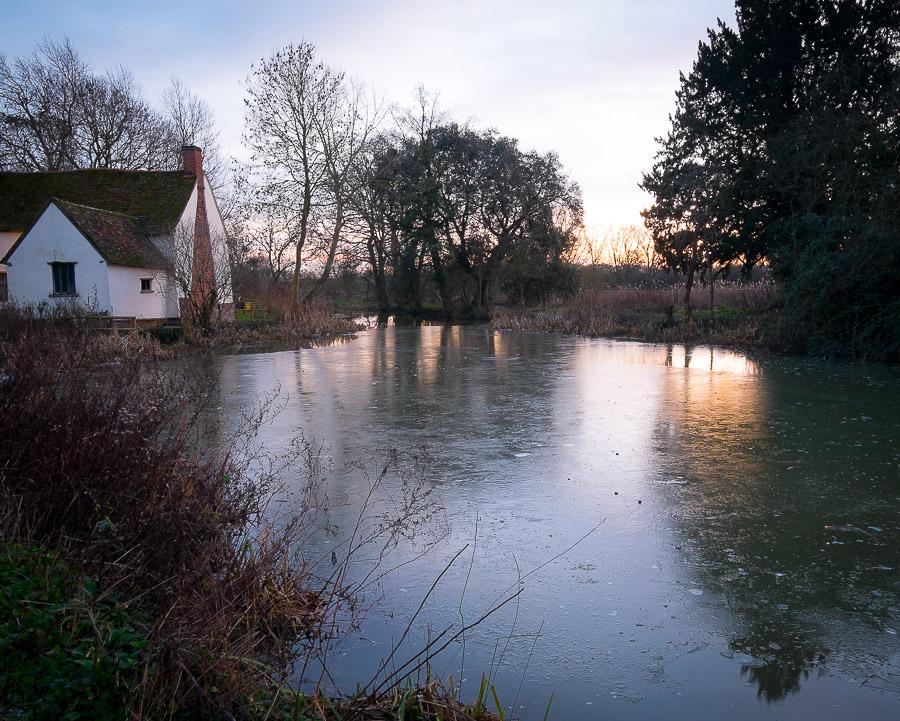

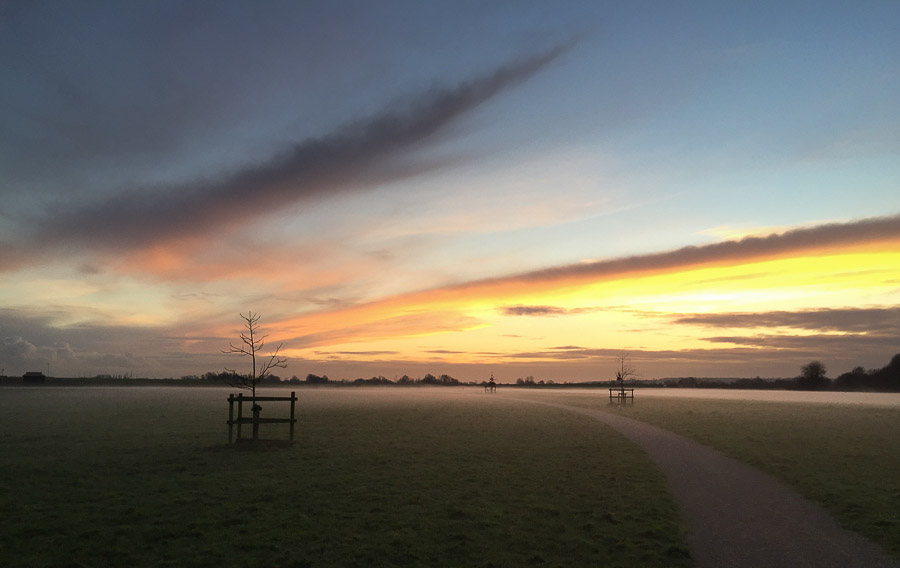

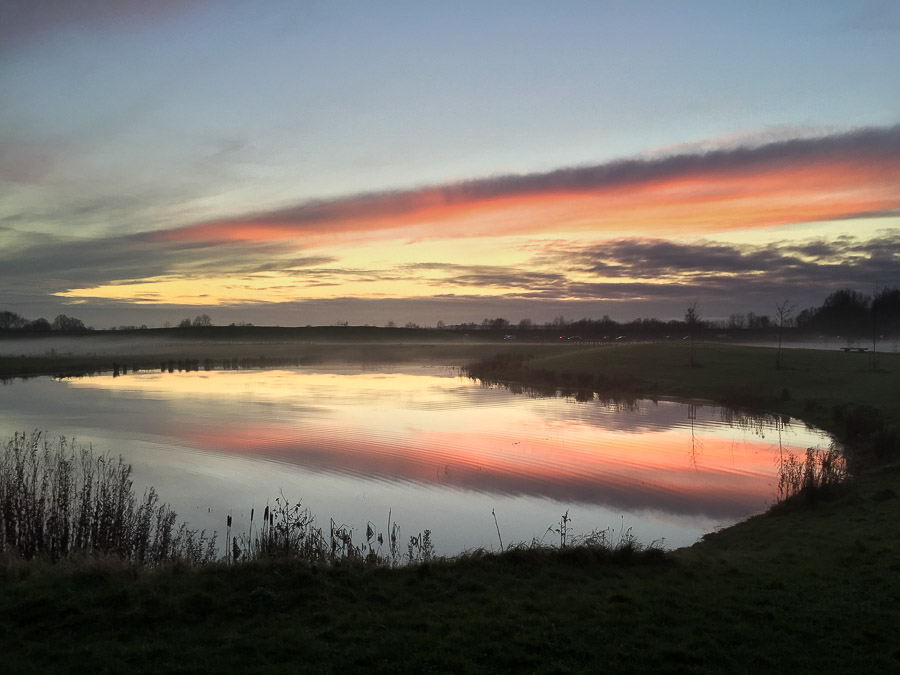
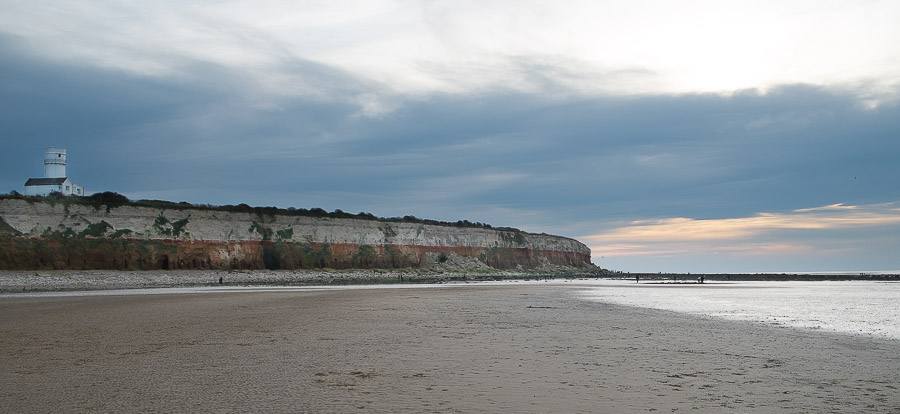
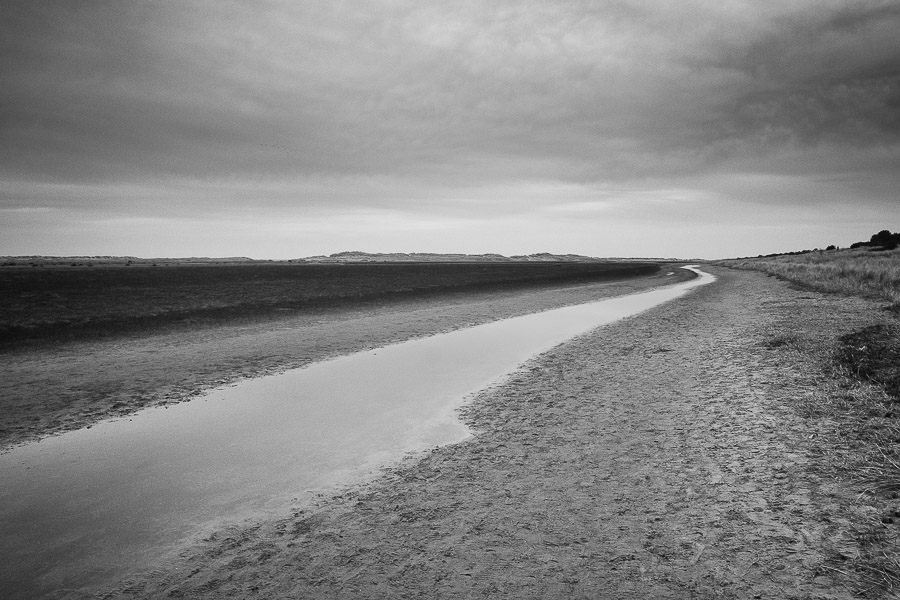
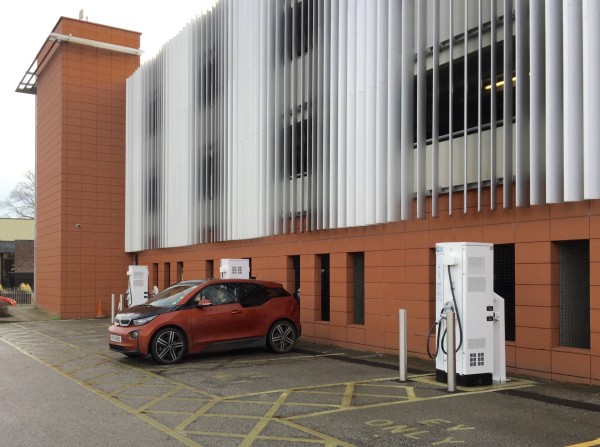
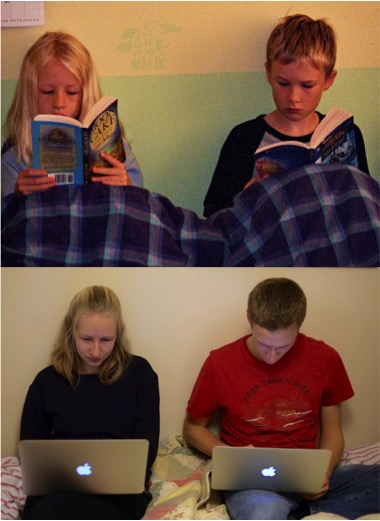
Recent Comments